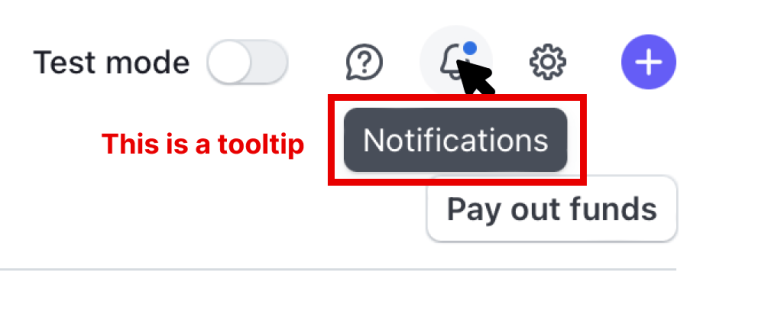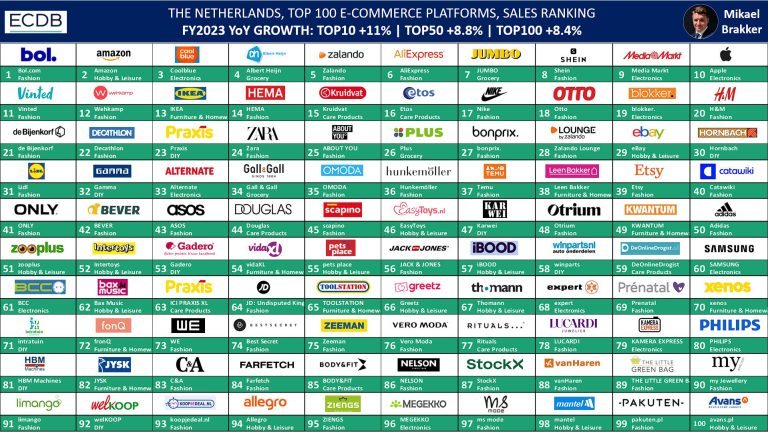
Crunchbase reported this month that ecommerce start-up funding was about to hit a five-year low as investors focus on AI, logistics, marketplace, and live and social shopping.
The ecommerce industry is maturing. Total 2025 ecommerce start-up funding in the United States will reach $2.73 billion, according to Crunchbase. That’s down from $3.06 billion last year and $28.05 billion in the pandemic-fueled 2021.
The global market is similar. Worldwide ecommerce investments peaked in 2021 at $92.46 billion, dropping to $7.72 billion this year.
Ecommerce Funding 2020 to 2025
Table of Contents
| Year | United States | Global |
|---|---|---|
| 2020 | $10 billion | $31.19 billion |
| 2021 | $28.05 billion | $92.46 billion |
| 2022 | $9.98 billion | $36.06 billion |
| 2023 | $2.87 billion | $16.54 billion |
| 2024 | $3.06 billion | $10.61 billion |
| 2025 | $2.73 billion | $7.27 billion |
Seed through growth rounds of $200,000 or more. Source: Crunchbase.
Investment in Focus
Still, the ecommerce industry continues to grow. Several sources, including the National Retail Federation, have estimated that U.S. ecommerce sales will increase by 7% to 9% year over year by the end of 2025, roughly double that of physical retail.
So why are start-up ecommerce investments down if the industry is growing? The answer is that investors are not abandoning ecommerce. Rather, they are concentrating on areas they believe will define the next phase.
Certainly that’s true for retail enterprises and platforms. Amazon, Walmart, Shopify, PayPal, Target, and prominent brands have announced AI partnerships. These deals are indicative of where enterprise retail is going.
In reviewing this year’s start-up investments and deals among large retailers and commerce platforms, I see five areas of interest that indicate what’s next for ecommerce.
- AI shopping,
- AI commerce infrastructure,
- Rapid logistics and fulfillment,
- Marketplaces,
- Live and social commerce.
AI Shopping
AI product search, AI-assisted shopping, and AI-powered agentic commerce are the hottest topics in the industry. Seemingly every major ecommerce retailer, marketplace, and platform is rushing to various degrees of AI-guided ecommerce.
AI shopping tools aim to reduce friction, match products to intent, and increase conversions. The tools will offer shoppers fewer but hopefully more relevant options.
For small-to-medium ecommerce businesses, AI integration will depend on platform adoption. As Shopify, WooCommerce, and BigCommerce integrate AI-guided shopping tools, even small merchants can offer conversational search, personalized recommendations, and similar.
AI shopping assistants may become as standard as site search, shifting how shoppers interact with independent ecommerce stores individually and collectively.
AI Commerce Infrastructure
Another cluster of investments focuses on the underlying infrastructure that powers ecommerce. These include product feeds, merchandising, ad creation, and operations.
GrowthList reported that ShopVision Technologies and Beyond the Checkout each raised funds to automate analytics, product catalog management, and post-purchase workflows.
The industry should therefore expect new software tools and platforms that do the work, such as creating an ad campaign or analyzing sales trends.
Rapid Logistics and Fulfillment
Logistics continues to attract investments as well.
India-based Zepto raised $450 million to expand its fast-delivery grocery network. Wonder, an American food and household delivery service, secured roughly $600 million earlier in 2025, according to Crunchbase.
Other logistics investments included Coco, a last-mile delivery provider that raised $60 million, and Stord, a distributed fulfillment network that raised $80 million.
Getting an ecommerce order from the warehouse to the customer has always been a significant challenge. Amazon and others have mastered it with same-day delivery, yet more speed and efficiency are needed.
Marketplaces
Investors are funding ecommerce marketplaces and related automation tools.
Refurbed, the European recommerce marketplace, raised more than $60 million to scale its operations, while emerging marketplaces in the Middle East, Asia, and Latin America continue to attract capital.
Meanwhile, Amazon, Walmart, Target Plus, TikTok Shop, and Temu have all expanded API access and seller tools, signaling increased competition.
Hence ecommerce sales and distribution might continue to become more decentralized. Independent ecommerce merchants may need to participate in several marketplaces.
Live and Social Commerce
Finally, livestream commerce continues to attract investors. Whatnot, the live shopping marketplace, raised $225 million, according to Crunchbase, and reported more than $6 billion in sales in 2025.
The trend may be a move away from static product pages to interactive, personality-driven sales channels. Live commerce enables shoppers to ask questions and see products in use.
This human interaction could facilitate trust more quickly. It might also be a counterweight of sorts to agentic commerce, where all of the trust is with the AI.
Most retailers will likely host livestreams via platforms and integrations — larger sellers more frequently than smaller ones.





